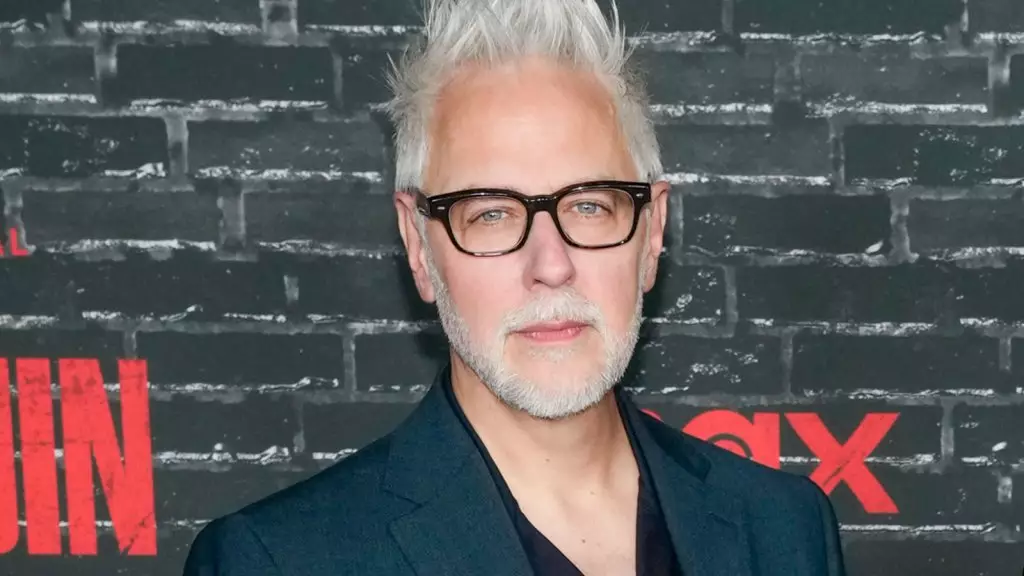The shift in the DC cinematic landscape marks a pivotal moment not just for the studio but for fans eagerly awaiting fresh narratives and deeper character explorations. Under the new leadership of James Gunn and Peter Safran, the launch of the DCU’s “Gods and Monsters” phase has ignited a renewed sense of optimism. But while excitement surrounds the imminent releases of Superman and the much-anticipated second season of Peacemaker, it’s Gunn’s cryptic hints about a “favorite project” that genuinely spark curiosity and intrigue.
The Untold Stories in DC’s Vault
As Gunn tantalizingly suggests that the next phase of DC storytelling includes unannounced projects, one can sense the excitement brewing beneath the surface. This “favorite thing” of his promises not only to expand the universe but to do so in a way that reflects Gunn’s unique vision—a blend of humor, heart, and intelligence often missing from typical superhero fare. However, this extensive secrecy raises questions about whether this creative approach is sustainable in a time when originality can easily be siphoned off by competing studios. In an era of rampant reboots and recycle-driven creativity, the delight of anticipation can morph into a cesspool of copycats.
The Risks of Secrecy
On one hand, keeping a steadfast grip on unreleased projects helps protect original ideas from being diluted or plagiarized. On the other, it creates an atmosphere rife with speculation that can ironically overshadow the legitimate excitement surrounding the launch of new content. It can breed a culture of mistrust among fans who might feel left out of the creative process. Gunn navigates a tricky balance—between preserving genuine surprises and fostering an inclusive environment where fans feel celebrated rather than sidelined. The fact that he feels compelled to safeguard these ideas speaks to a larger issue of originality in Hollywood today, where studios rush to capitalize on the latest trends rather than cultivate something truly innovative.
Shifting the Spotlight to Character-Driven Narratives
At the core of Gunn’s strategy is the commitment to character-driven storytelling—a breath of fresh air after years of spectacle-heavy blockbusters relationship with a disconnected audience. The insistence on narratives laden with depth and a dash of humor reflects a shift from the darker tones that some have criticized in the superhero genre. Indeed, the success of Peacemaker demonstrated that audiences are increasingly inclined toward characters who are flawed, complex, and sometimes downright ridiculous. Gunn’s reference to projects “in pretty good shape” suggests that a conscious pivot toward humor-infused drama might herald a new dawn for the DCU.
While the risk of misunderstanding or misrepresentation looms large, the calculated risks Gunn is taking could pay significant dividends. Fans are not just hungry for stories; they’re craving authentic, relatable characters that resonate with them on a deeper level. If Gunn continues to prioritize genuine engagement and strives for originality, he may very well carve out a niche that distinguishes the DCU from the glut of superhero media flooding the market today.
In a political climate that consistently calls for deeper understanding and creativity, Gunn’s approach invites hope for a future where artistic vision can flourish amidst commercial constraints. Whether it’s through character arcs that challenge norms or fantastical tales entwining real-world issues, the possibilities are as boundless as the universe itself.


Leave a Reply